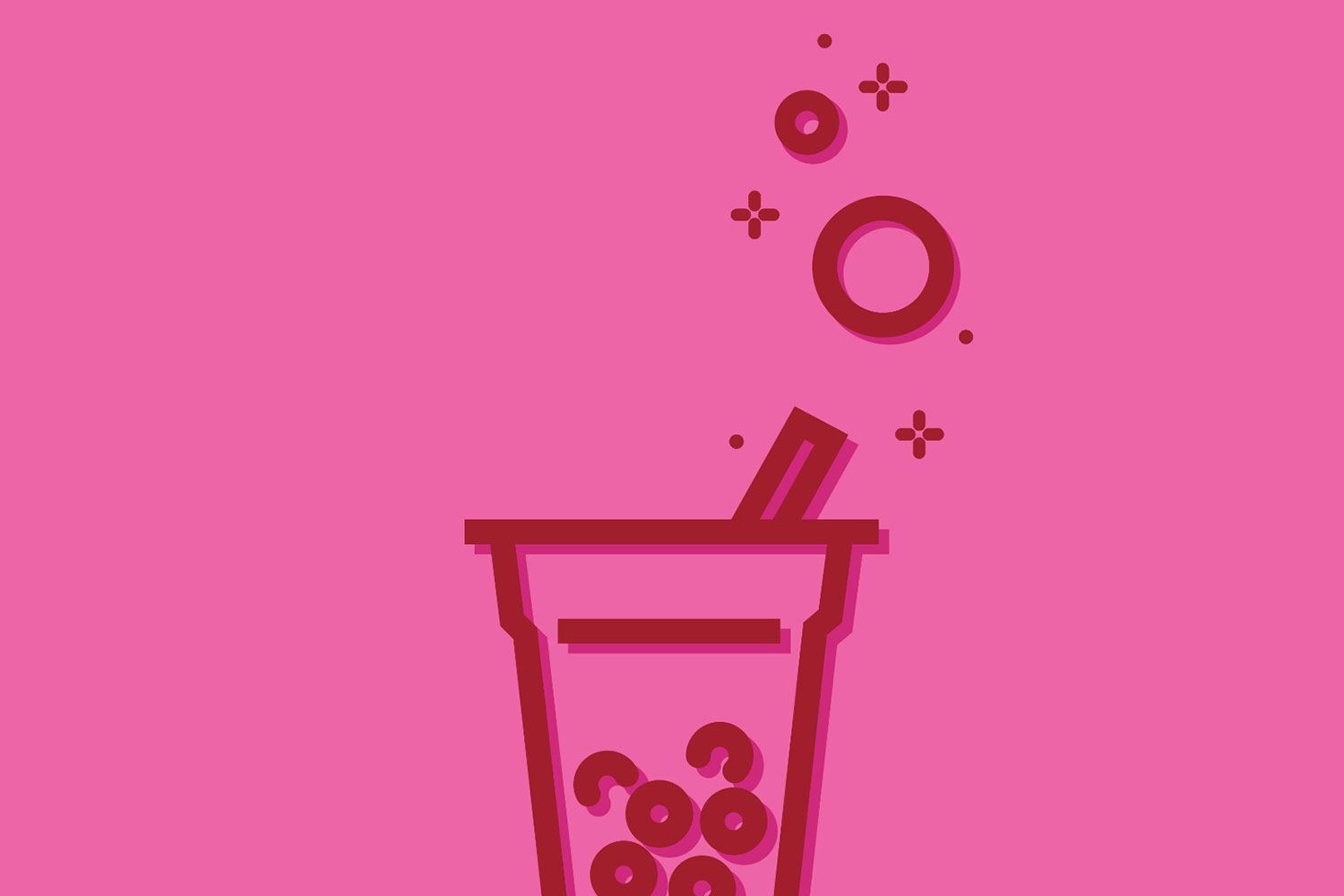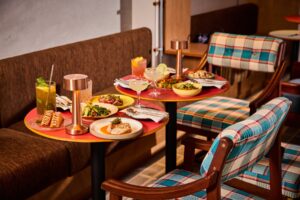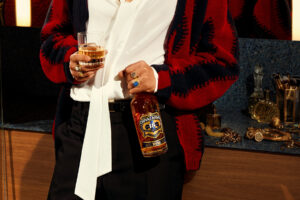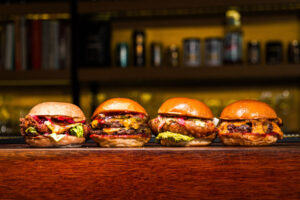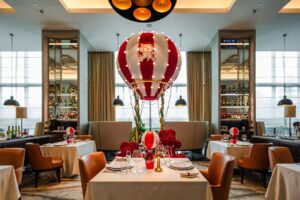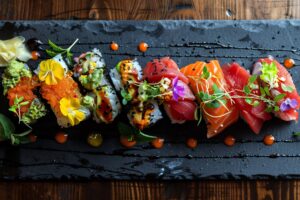We cover the basics and more fun trivia to know and impress your mates the next time you’re in line at your favourite joint.
The bubble milk tea craze that has picked up again after it first took Malaysia by storm last decade looks like it’s here to stay for good, providing an alternative (read: dilemma) over our choice of a cuppa Joe.
Despite its popularity, many are still unfamiliar with the drink’s origins or confused about its terms and variations. Is bubble tea and boba the same thing? Does the bubble refer to the pearls in the drink?
We cover the basics and more fun trivia to know and impress your mates the next time you’re in line at your favourite bubble milk tea joint.
The many names of bubble milk tea
Bubble milk tea is also known as bubble tea, pearl milk tea (translated from its Taiwanese name, zhēn zhū nǎi chá, 珍珠奶茶), tapioca tea, Taiwanese tea or boba. Whichever term you’re used to, they all refer to the same tea-based drink mixed with milk, flavoured syrups, tapioca pearls and/or fruits (usually optional).
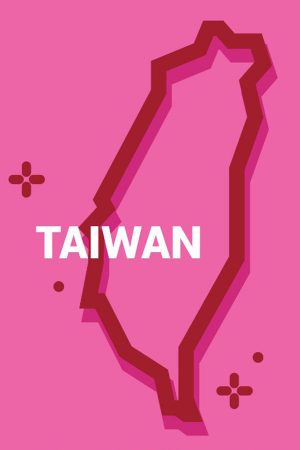
How it all started
The origin of bubble tea was almost an accident. Back in 1980s Taiwan, tea stands increased in popularity with the rising demand for a refreshing post-work drink. To attract more customers to his stand, the owner of Chun Shui Tang teahouse in Taichung introduced cold Chinese tea to the shop’s menu after getting inspiration from iced Japanese coffee.
Years later, the shop’s product development manager decided to dump a Taiwanese dessert known as fen yuan (sweetened tapioca pudding) into her Assam iced tea in the middle of a meeting. The combination worked impressively well enough that they added it to the menu. It became a best-seller and attracted the attention of other concessions in Taiwan, which followed suit after the shop’s success.
How did it arrive in Malaysia?
After bubble milk tea shops mushroomed across Taiwan, its popularity spread to South Korea, the US and the rest of the world in the ’90s. It is uncertain when or how exactly bubble milk tea came to Malaysia, but we can thank Bryan Loo of Loob Holdings for bringing Taiwan’s famed Chatime franchise to the country in 2010 followed by Billy Koh and Tan Han Yin with Gong Cha a year later, therefore marking the first wave of bubble tea craze here.
Boba doesn’t mean what you think…
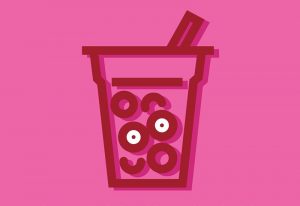
The term “boba” (波霸) – a Chinese slang for “big breasts” – came about when another tea shop used larger tapioca balls (about a quarter of an inch) compared to the original (one-twelfth of an inch) to differentiate its product from competitors. The shop’s owner then gave the modified drink a provocative name to represent the difference.
Today, some shops use “pearl milk tea” to indicate drinks with the original size of tapioca balls and “bubble milk tea” or “boba” to indicate the larger version.
…and ‘bubble’ doesn’t refer to the pearls
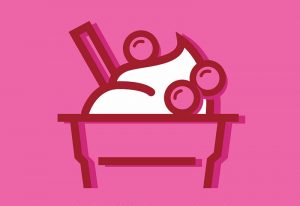
As the original bubble milk tea doesn’t contain pearls, the ‘bubble’ in its name actually refers to the bubbly foam at the surface of the drink. The foam is a result of shaking the ice, milk, tea, and sugar in a cocktail shaker before it is served.
Tapioca pearls are toxic when eaten raw
Tapioca pearls are made from starch extracted from cassava root, a nutty-flavoured tuber native to South America. In its raw form, the starch contains cyanide, a toxic compound that can cause headaches, nausea, vomiting and even paralysis when ingested. Thus, the pearls must be cooked to eliminate the toxins before consumption.
Tapioca pearls can be black or white
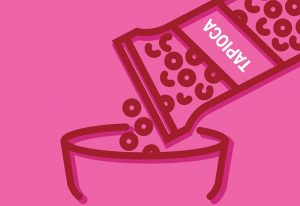
While most concessions offer black pearls as the standard, you may have noticed white pearls at some franchises. White pearls contain only the cassava root, whereas brown pearls contain cassava root mixed with brown sugar and in some cases, food dyes or caramel colouring.
There’s a right way to puncture the sealed top
Traditional bubble milk tea is served in a cup sealed with a plastic cellophane using a machine to allow the tea to be shaken just before drinking. This also makes it spill-free and convenient for take-aways. But if you find trickles of tea leaking through the hole when you pierce through the seal, try this instead: place your thumb over the top of the straw to form an airtight seal and puncture the straw straight down. No need to thank us.
The many variations of bubble tea
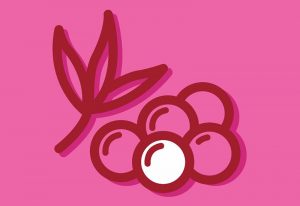
Today, the range of bubble milk tea is practically endless. Shops differ from each other by offering different types of tea bases (black tea, green tea and fruit tea, to name a few), sugar or syrups (brown sugar appears to be the current favourite), milk (creamer or fresh milk), toppings (tapioca pearls, jellies, fruits, chia seeds and more!) and flavours. Some even offer blended versions aside from the usual shaken teas.
Bubble milk tea can be healthy
Yes, a quarter cup of pearls alone contains more than 100 calories and one regular sized bubble milk tea can easily go up to 300 or 400 calories. However, there are ways to enjoy the drink without hurting your waistline (disclaimer: only available at outlets that let you customise your drink). Here are a few things to consider:
- Opt for green tea or matcha, which has natural antioxidants and nutrients.
- Ask for low sugar content (or skip sugar altogether, if you can).
- Ask for fresh milk – low-fat or skimmed, if available – instead of creamers. Alternatively, go for almond milk as a non-dairy option.
- Ask for less pearls or healthier toppings like chia seed and fruits.
Illustrations: Gan Yew Chin




